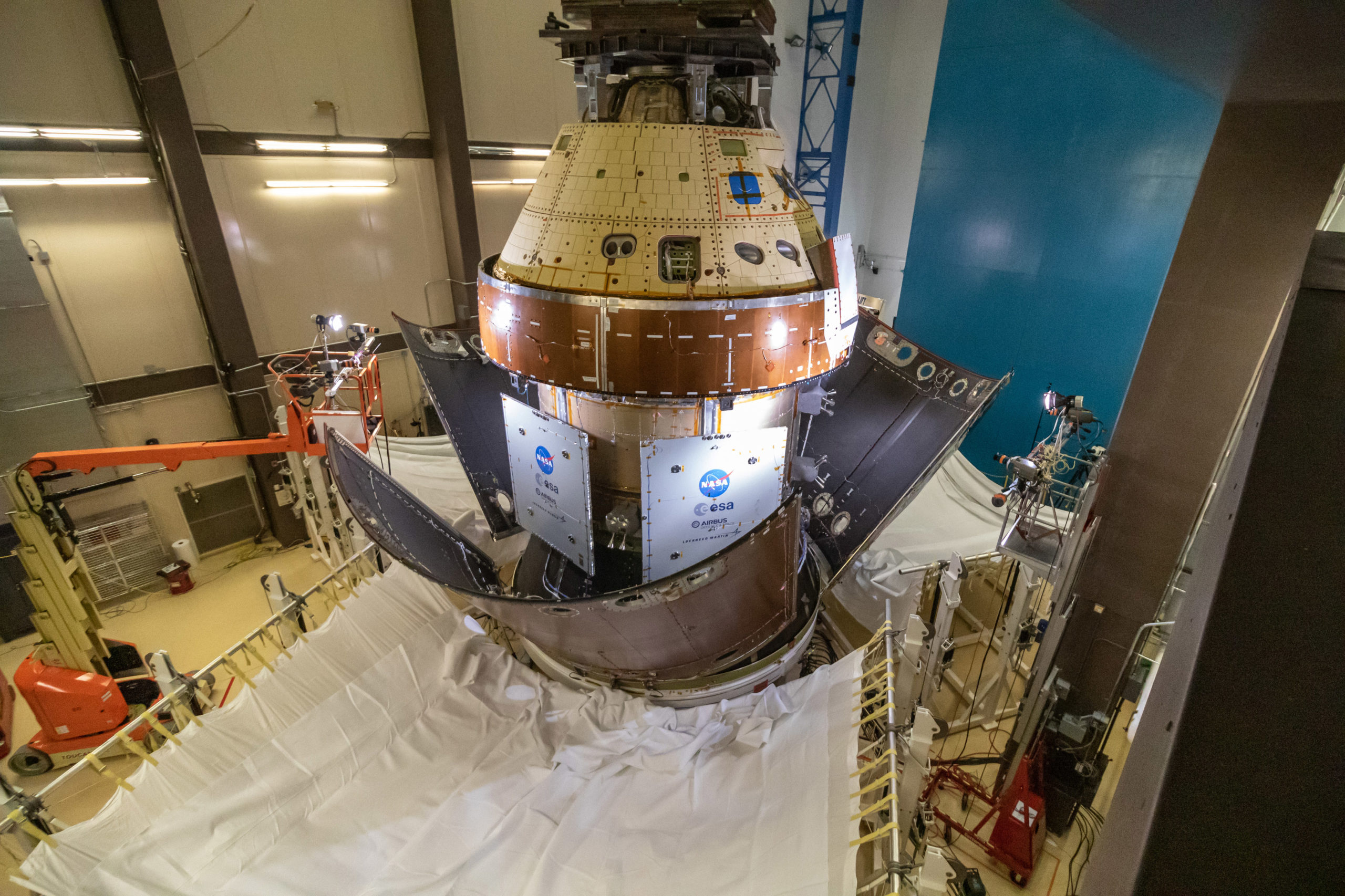
Last week’s completion of parallel structural testing campaigns for Orion and the Space Launch System (SLS) is a critical step towards the maiden voyage of the first human-capable vehicle to visit the Moon since December 1972 and the initial launch of the most powerful rocket since the Saturn V era. Late next year, four shuttle-era RS-25 core-stage engines and a pair of five-segment Solid Rocket Boosters (SRBs) will ignite with a staccato crackle and a propulsive yield in excess of 8.8 million pounds (3.9 million kg) to deliver the Artemis-1 Orion spacecraft towards the Moon. With the conclusion of structural testing, the route is clear for the completion of the SLS “Green Run” campaign at NASA’s Stennis Space Center in Bay St. Louis, Miss., later this fall. And the actual Orion for Artemis-1 is deep into processing at the Kennedy Space Center (KSC) in Florida.
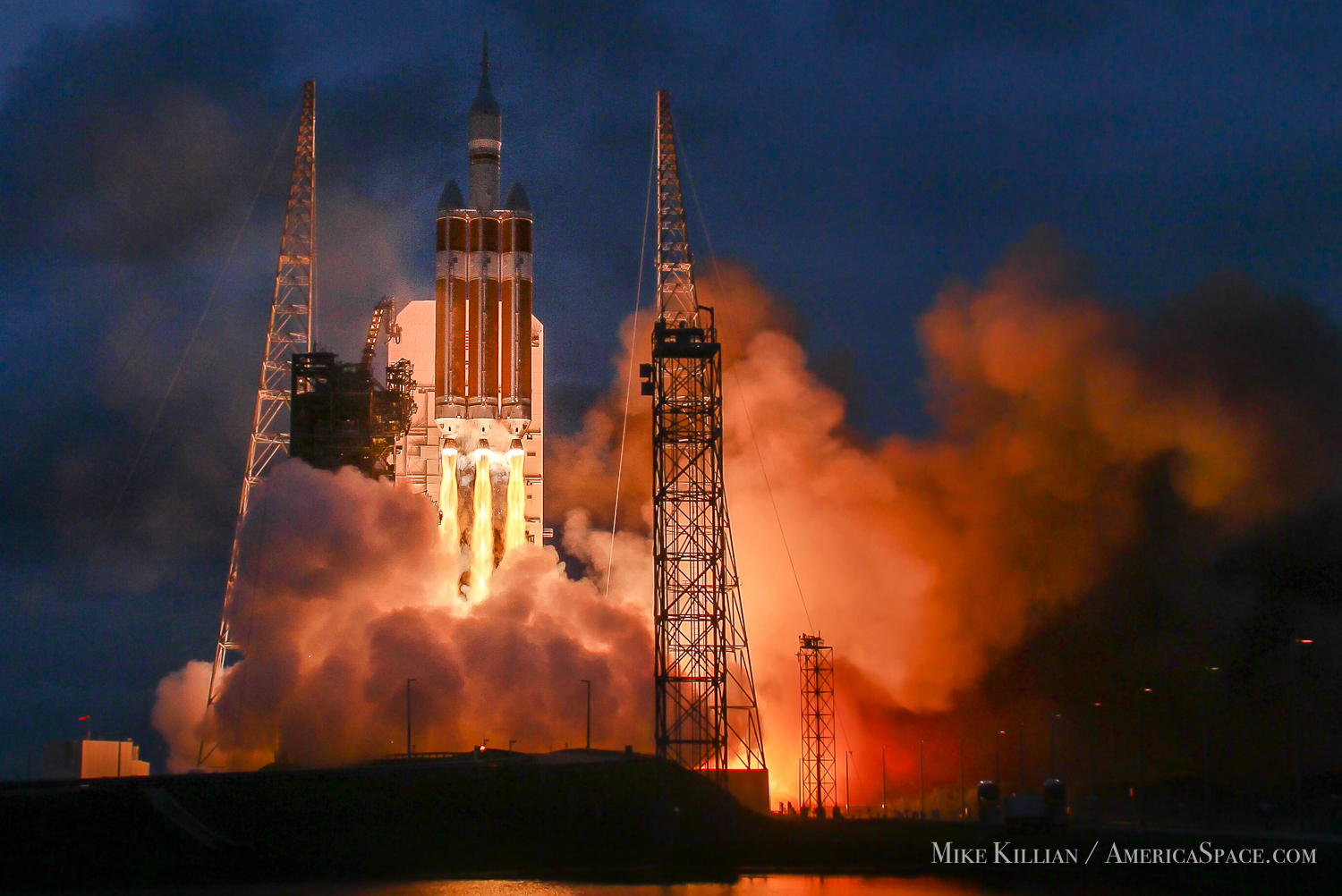
Although a barebones Orion undertook a high-Earth-orbital flight, launched via a Delta IV Heavy booster back in December 2014, its first all-up mission to lunar distance will be an entirely different beast in terms of complexity. As a result, NASA and prime contractor Lockheed Martin fabricated a Structural Test Article (STA) with identical characteristics to the crew module, service module and Launch Abort System (LAS) that will fly Artemis-1.
The only notable differences are that, unlike the actual Artemis-1 flight hardware, the STA lacks electronics and propulsion systems, apart from those necessary to support the testing. Over the past three years, 20 tests were conducted in six different configurations—from single-element to complete-stack—to verify the spacecraft could handle all flight phases of this challenging 25.5-day mission.
Current planning envisages Artemis-1 mission entering a Distant Retrograde Orbit (DRO) around the Moon, passing as close as just 62 miles (100 km) from the lunar surface and at its furthest point traveling a thousand times more distant than the International Space Station (ISS), some 280,000 miles (450,000 km) from home.
Barreling back home to Earth after three weeks at an estimated lunar-return velocity in excess of 24,500 mph (39,400 km/h), as fast as any of its Apollo predecessors, Artemis-1 will splashdown in the Pacific Ocean, clearing a major milestone for successive missions which aim to send astronauts around the Moon and, in 2024, the first woman and the next man to set foot on its dusty surface.
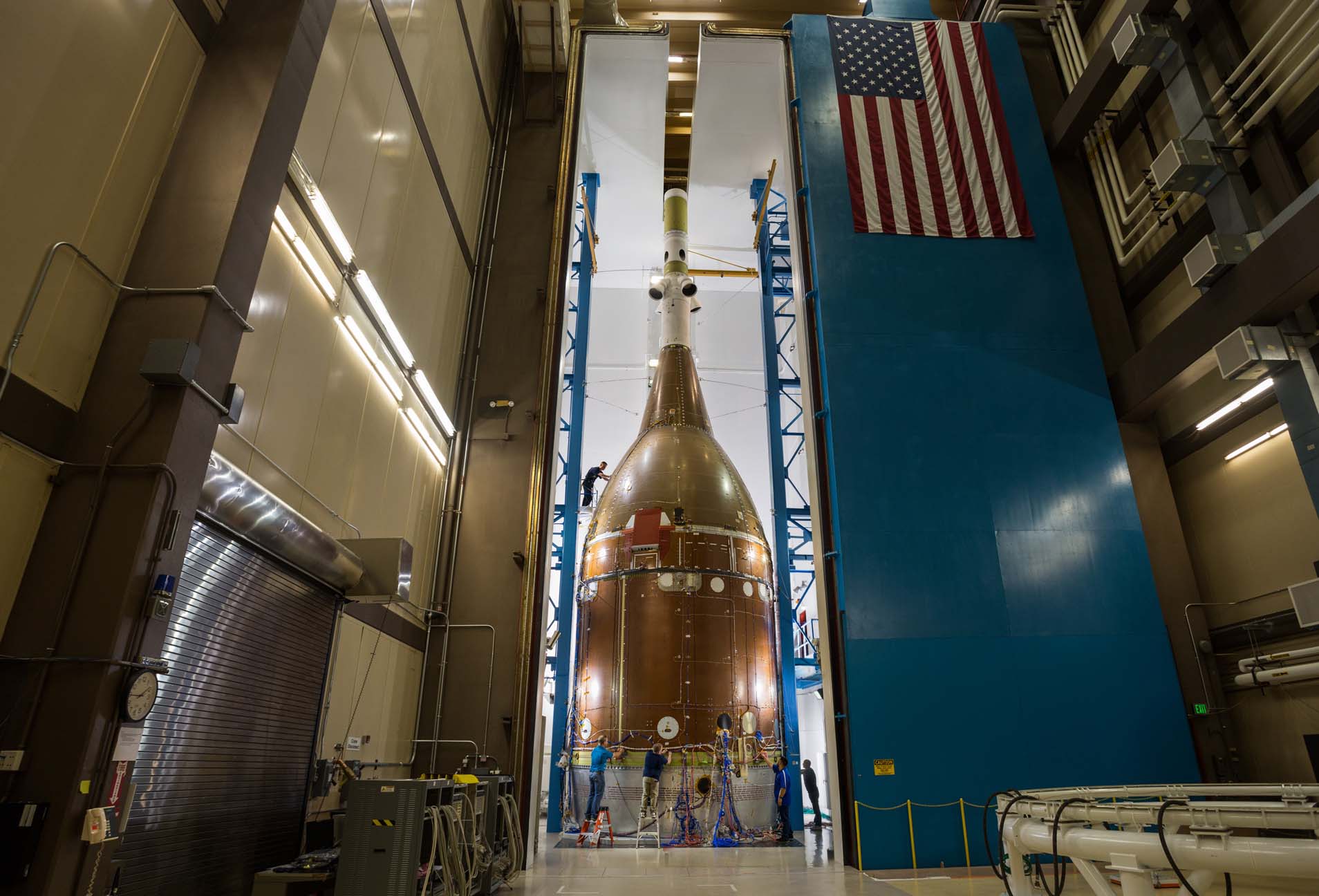
“The STA has been an invaluable source for our engineers to prove out the integrity of Orion’s design,” said Stefan Pinsky, Lockheed Martin’s test manager for the structural test article. “Over the course of testing, planning for the configuration and hardware moves of the three large primary Orion elements is a complex process that can sometimes seem like a giant game of Tetris.”
The STA underwent a punishing series of loads testing to ensure it can withstand intense loads at launch and re-entry, acoustic and modal testing to demonstrate its capacity to handle vibrational stressors, pyrotechnic-shock testing to recreate the harsh blasts of in-flight separation events and a lightning test to assess its response if—like Apollo 12—it were to be struck by lightning during ascent.
“All of this has to happen before we have a crewed mission,” said Dan Qvale, Orion STA assembly and test lead at Lockheed Martin Space. “Some of the shock events alone that the craft faces are massive and complicated, and we want to validate them here on the ground before the flight Orion, with crew onboard, experiences these dynamic events. After all, it’s all about mission success and the safety of the crew.”
All told, the Lockheed Martin-led tests consumed 330 days of cumulative work and pushed expected pressures and mechanical, vibrational and shock loads up to 40 percent worse than the most severe conditions predicted during an actual flight.
In parallel developments, Orion’s ride to the Moon—the gargantuan SLS—wrapped up its own extensive testing phase last month. As previously outlined by AmericaSpace, the SLS arose from the ashes of the Ares V super-heavylift booster, which would have powered Americans back to the Moon under President George W. Bush’s ill-fated Constellation program, prior to its cancelation by the Obama Administration in April 2010. A year later, in September 2011 the SLS program was born as an evolvable vehicle with a cluster of RS-25s to lift its core stage and a pair of five-segment SRBs.
And over the last three years, no fewer than five STAs—of the rocket’s upper section, intertank, liquid hydrogen tank, liquid oxygen tank and the engine section at its base—have undergone 199 tests and 421 gigabytes of data have been gathered to inform SLS computer modelers. With last week’s liquid oxygen tank test, all SLS structural testing requirements ahead of Artemis-1 are complete.
The SLS upper section, comprising the Interim Cryogenic Propulsion Stage (ICPS), a core stage simulator and a Launch Vehicle Stage Adapter (LVSA), and the intertank were tested first, ahead of the engine section tests which began in spring 2017. It was installed into the Building 4619 load test annex, part of the Structural and Environmental Test Laboratory at NASA’s Marshall Space Flight Center in Huntsville, Ala., where it was put through one of the harshest “can-crushing” exercises in the world, with actuators simulating over three million pounds (1.4 million kg) of upward RS-25 engine-thrust loads and up to 750,000 pounds (340,000 kg) of loads on each side to mimic the “outward” forces imparted by the side-mounted SRBs. All told, more than 3,000 channels of data were recorded and subsequently analyzed. The engine section STA tests concluded in early 2018. The engine section STA tests actually helped to inform the liquid oxygen tank tests by validating brackets designed to hold its feedlines.
A few months later, the STA for the rocket’s 149-foot-tall (45.4-meter) liquid hydrogen tank—its biggest single component—was readied for its December 2018 move from NASA’s Michoud Assembly Facility in New Orleans, La., to Marshall to commence testing the following June. And early last December, held securely inside Test Stand 4693 in Huntsville, it endured over 30 test scenarios, 3,500 strain and detection measurements, temperatures, pressures and high-definition imagery. As with the oxygen tank, the 537,000-gallon (244,000-liter) hydrogen tank was intentionally tested to the point of structural failure. It withstood an astonishing 260 percent of expected flight loads before the first structural buckling occurred in the same relative location as engineers had predicted and within three percent of the predicted failure load.
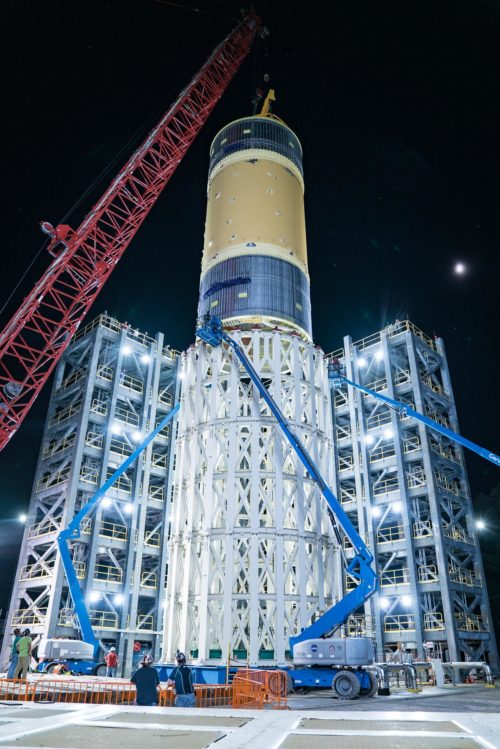
The final campaign of tests on the 196,000-gallon (891,000-liter) oxygen tank officially began in June 2019, when the STA was delivered by barge from Michoud to Marshall, with testing kicking off later that fall and culminating in the final test on 24 June 2020. The test saw engineers apply a crippling cocktail of compression, tension, bending, torsion and shear stressors onto the STA of the liquid oxygen tank, which measures 70 feet (21 meters) tall and 28 feet (8.5 meters) in diameter.
The testing was conducted inside the huge, L-shaped Test Stand 4697 in the West Test Area at Marshall, and its 34 hydraulic actuators sought to put the tank under similar extremes to those it will encounter during launch and ascent—some nine million pounds (4.1 million kg) of compressive, “up-and-down” loads and around 300,000 pounds (140,000 kg) of shear (or “twist”) loads—and push it, literally, til it burst.
And when that “burst” moment came, it was impressive both in its scope and scale and in its closeness to pre-test estimates. In fact, at the point of failure the tank came within a couple of percent of engineers’ predictions. “The Space Launch System and Marshall test team have done a tremendous job of accomplishing this test program, marking a major milestone not only for the SLS program, but also for the Artemis program,” said SLS Program Manager John Honeycutt. “From building the test stands, support equipment and test articles to conducting the tests and analyzing the data, it is remarkable work that will help send astronauts to the Moon.”
With STA testing complete, attention now turns to the ongoing “Green Run” effort of eight critical tests to prepare the actual flight hardware for Artemis-1. Conducted at the B-2 Test Stand at Stennis—a unique facility previously used to test Saturn V and Space Shuttle propulsion elements—the Green Run preparations entered high gear last August when the 212-foot-tall (64.6-meter) SLS pathfinder core stage was hoisted into the B-2 stand for initial tests. And last January, the actual Artemis-1 core stage hardware arrived at Stennis to begin its eight-step Green Run campaign.

The first of those steps was the “modal test”, completed in January 2020, which utilized shakers to impose dynamic forces on the core stage. The second step was the activation and checkout of the rocket’s avionics, which NASA reported had successfully wrapped up on 30 June, with six additional tests of increasing complexity planned for the remainder of the year. These will evaluate SLS safety systems, verify command and control capability for the main propulsion system elements, test the thrust vector controls, simulate the Artemis-1 countdown and fueling/pressurization activities, effect a full Wet Dress Rehearsal (WDR)—to demonstrate the loading, controlling and draining of over 700,000 gallons (3.2 million liters) of liquid oxygen and hydrogen—and close out late in 2020 with an eight-minute-long, full-flight-duration test-firing of the four RS-25 engines.
After that, the next time it will be fired will be to deliver Artemis-1 on its long-awaited and greatly anticipated test mission to the Moon.




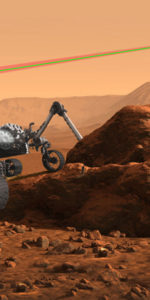
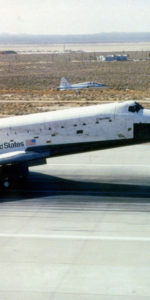
I am looking forward to the first test flight in 2021!! To see the SLS lift off with a thrust of 8 million lbs will be exciting indeed!!
Agreed. The Saturn V was a beautiful beast that was an outstanding accomplishment. Artemis/SLS promises to be just as awe-inspiring and will give a new generation “quite a ride.”